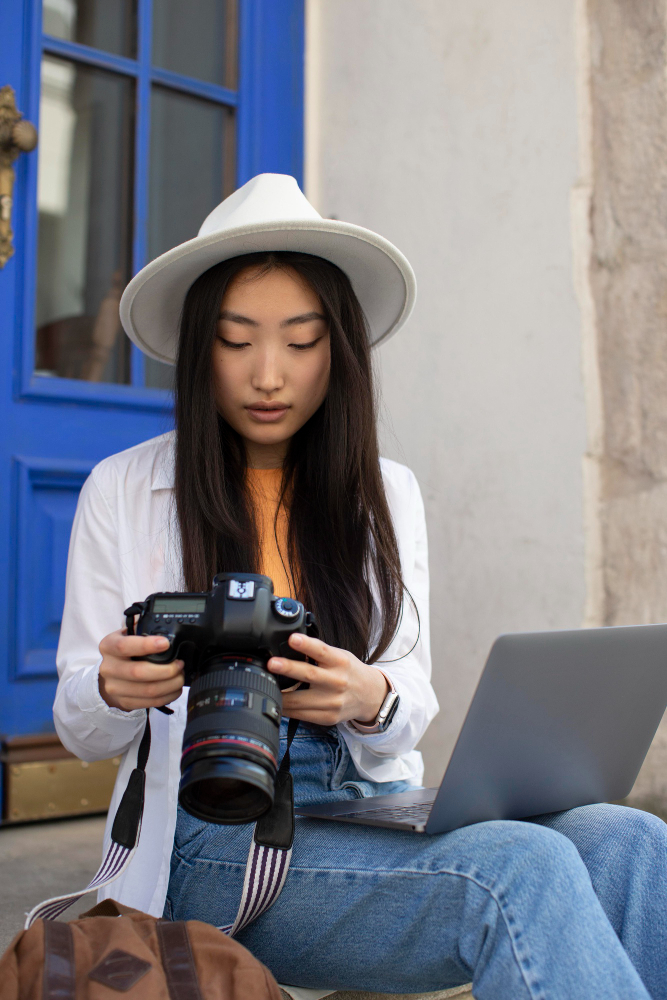
The first thing to remember about the background of any photograph is that it is indeed the background and ‘not the subject’. This means that the power of this part of the scene must be to a much lesser degree than the primary focus. While there is no easy tip or trick for knowing if you have allowed the background to overwhelm or distract from the subject, simply remembering that it isn’t to be any kind of competition to the attention of the viewer, is a good start.
2. There are many great techniques that can be used to diminish the effect of the background as well. The first is to simply eliminate the background altogether by filling the frame with your subject. Zooming in on the faces in the crowd, the flowers in the garden, or the goofy face of the mud-covered dog will not allow for any room to spare, and this can reduce the chance of a distracting background.
3. The photographer can simply position their subjects in a way that leaves the entire area behind them as open space. A portrait at the edge of a horizon-free field, along the shore, or simply against a blank wall can force the subject to “pop” and take the viewer’s entire attention. Alternately, the photographer can position themselves to create these same effects. For example, they could squat down below the subject of a portrait which leaves only the open sky above them as the background.
4. Many photographers decide to create a specific look or feel to their photographs by intentionally blurring their backgrounds as well. This is done in several ways, including through panning and aperture adjustments. The panning technique can be used only on images that are in motion, and can be a great way to add movement to the scene as well. For instance, two boys kicking a soccer ball could be frozen in time by a super fast shutter speed, but this might allow by-standers and other people in the scene to pull attention from the subject. Instead, the photographer could partially depress the shutter to lock the settings on the moving boys and then follow them with the camera focused and ready until the right moment comes and they hit the shutter. This is going to allow the boys to remain in full focus, but the entire background is going to be a blur due to the motion of the camera.
5. Aperture adjustments are known for allowing as much light into the camera as possible, but they have a huge effect on the foreground and background too. When the f/stop is set to the lowest numbers the lens is open all of the way, and everything but the subject tends to be out of focus do to the shortening of the depth of field. This too is a great way to capture still subjects without a distracting background.

